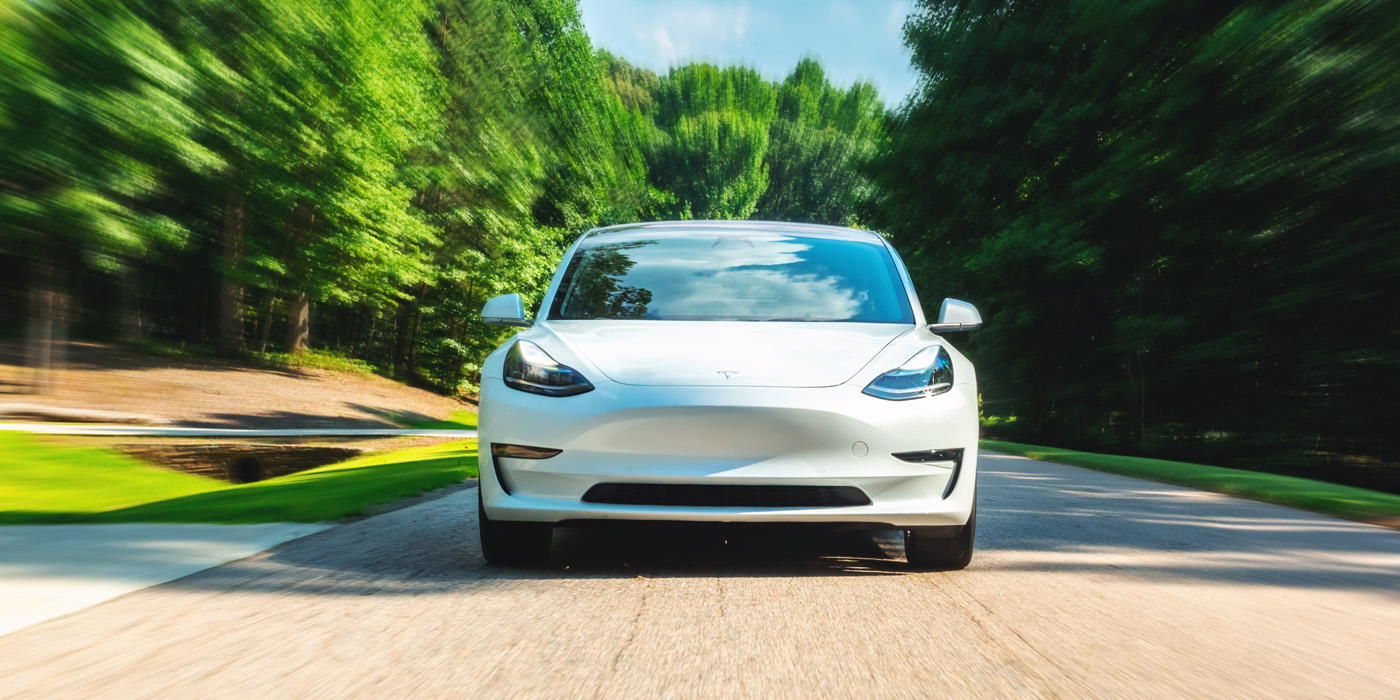The article “Crate Engines: A Smart Solution” by Larry Carley (September) presented a one-sided opinion of the repowering business. I believe the more than 7,000 custom machine shops in the US would take great exception to many things Mr. Carley espoused in his article. He paints a sorry picture of the custom engine rebuilding industry by stating that labor costs are high, there’s a shortage of skilled machinists, the niche is in a slump and “many shops have closed their doors forever.” It makes things worse when your respected magazine prints outrageous statements like “a remanufactured crate engine…typically costs 20 to 25 percent less than what it would normally cost to have an old engine disassembled, cleaned, inspected, machined and rebuilt.” The article and the cover art scream of biased journalism directed to benefit an advertiser.
A custom rebuilt engine provides many advantages over a “production” engine. A custom-built engine starts with the vehicle’s own engine, not one of unknown origin that could have been abused, over-heated or come from a very high-mileage vehicle, like a taxi. Starting with the vehicle’s own engine keeps the original ID numbers with the vehicle and you know for sure that the brackets, ignition, transmission, etc. will bolt right back on. Custom engines are hand crafted by a machinist, not mass produced on an assembly line by employees doing repetitive tasks. A consumer can visit his local machine shop and get to know the professional building his engine.
Custom engines can be built with brand-name components of the customer’s choice, while many PERs buy the cheapest parts available. Custom engines can be modified to improve the OE design and built to suit a customer’s specific need. PER engines are built one way over and over again.
When having your engine custom built, it’s always part of the package for the shop to clean the pans, covers and manifolds. PER engines usually do not include sheet metal, requiring the installer to clean these hard-to-clean items. Further, a custom-built engine offers opportunities to enhance performance, adapt torque for towing and adjust for desired fuel economy. As far as testing, yes, most PERs “sim test” their engines. This is a necessary function, mainly performed to reduce warranty ratios, which are inherently high in production settings. Since custom-built engines are hand-crafted and meticulously measured and assembled, post testing is not a necessary function. However, many custom shops do offer dyno testing, which is a big step above “sim testing.” While turn-around time is definitely a consideration when having an engine custom built versus swapping the engine for an exchange engine, it’s the only downside we can think of. When comparing the price of a complete custom rebuild versus a high-end PER engine, Counterman’s claim is exactly backwards: Custom-built engines are generally 20 percent less than a high-end PER engine and there’s no freight cost consideration. The shop should also be aware of core charges associated with PER engines.
I remodeled my kitchen last year. I compared cabinets at retailers and from a cabinet maker. I learned that even the high-end cabinets from the big-boxes only come in standard sizes and with stock hardware. The custom cabinet maker offered a much better value — he measured my kitchen and we discussed my needs. A few days later I toured his shop. He was quick to point out that the wood was a very high-quality stock from a local mill. He showed me plans and an estimate.
To my surprise and delight, I found that he was 10 percent cheaper than the big box. Sure, it took a couple of extra weeks to get the finished product, but the kitchen looks great. He installed the hardware of my choice, hauled off the old cabinets and backed the installation.
Production or custom, there is a market for both. I hope Counterman magazine will use this information to educate its loyal readers that Mr. Carley’s one-sided arguments are inaccurate and paint a totally misleading picture of the custom industry.
Tom Hobson
President
Engine Parts Group
Wheat Ridge, CO













